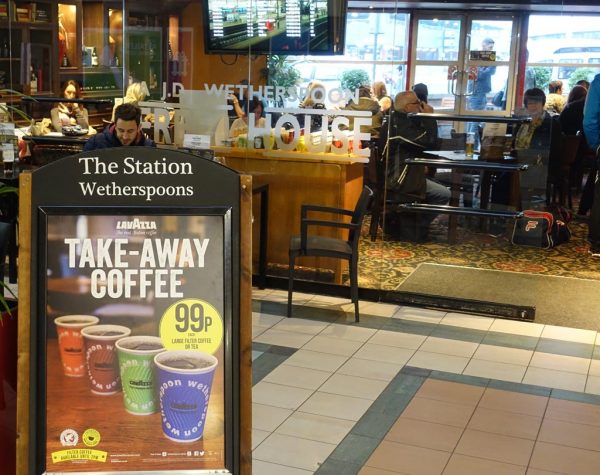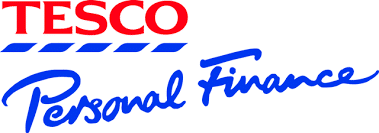Economies of scope occur when a firm can gain efficiencies from producing a wider variety of products.
These efficiencies can involve lower average costs. It can also involve increased revenue from being able to increase sales in new, related markets.
It is similar to concept of economies of scale – where higher output leads to lower average costs. But, there is a difference. Economies of scope is not about producing the same good at lower average cost, but using its size and resources to produce similar or related goods.
Examples of economies of scope

Selling greater diversity of products
A traditional pub selling beer, is an excellent position to diversify and sell related goods. Rather than just sell beer, modern pubs are increasingly diversifying into selling all day breakfast, coffee and offering wifi. This is a logical response to declining demand for beer. In this case, the main advantage is the existing infrastructure of supply chains and retail premises.
Customisation of products
A larger company is able to offer a wider choice of custom products. Rather than just producing off-the-peg models, a firm can produce a greater range of products to cater to every taste and preference.
For example, Trek bicycles offer a bike builder. These means when choosing to buy a bike, you can decide what components to put on and what colour you like. This ability to choose colours and choice of components is a unique selling point and makes the bike more attractive to customers. This kind of product differentiation is increasingly important in more competitive markets.
3d printing
Technology like 3d printing offers potential for firms to offer increasingly customised products. Rather than just print an ornament, the customer can specific colours, shapes and features.
Starbucks instant coffee
Starbucks has a strong brand name for coffee retail on the high street. It took the decision to produce an instant coffee – making use of its own financial resources and brand name. This is an economy of scope, as it is greater variety of coffee. Interestingly some asked whether it was a good idea because instant coffee is an anathema for serious coffee connoisseurs, and it could harm its brand image for high quality coffee.
Using brand name to enter different markets

A large supermarket like Tesco or Sainsbury’s can use its powerful brand name to enter a completely different market to groceries – selling financial services, credit cards, insurance and banking. The firm makes use of its brand name, customer data and regular contact with potential customers to diversify into becoming a much more encompassing firm.
Advantage of economies of scope for a firm
- It enables the firm to respond to changing consumer preferences and product life-cycles which can lead to stagnating sales. For example, Kodak stuck with producing 30mm films for mechanical cameras, and it saw a rapid decline in profitability and it became bankrupt during 2012-13. It was only when it began more successfully diversifying into digital cameras and digital printing, that it started to see a return to profitability. The mistake Kodak made was not to diversify into related products sooner.
- Automation, computer aided manufacture and improved technology makes it easier to produce variations on the same products. With early assembly lines, the finished product was very rigid. But, firms are now realising automated processes can respond to consumer preferences and produce different products in the same factory.
- Diversification reduces risk for a company. If a major car producer, such as GM only produced SUVs, then it would be vulnerable to market trends which reduced demand for SUVs. (for example high oil prices would see consumers shift to buying more economical cars). A car producer is in a good position to diversify into hybrid and electric cars which are fuel efficient. If there was a rapid rise in oil prices, they would see at least, some of these economy models do well.
- Offer international / regional variations. Products which do well in one country may struggle in different countries or states. For example, Google invested significant sums in local search. Rather than offering global search results, for some terms, they offer results which are highly local and relevant to the individual user. In fact, logged in users can customise Google.com to be highly personal (e.g. see results from people on same social network)
Potential problems of economies of scope
- Less knowledge in new products. There is a danger in over-extending product lines. A grocer may lack the specialised knowledge required for finance and credit cards.
- Damage to brand name. Sometimes a unique selling point is being the best in a particular niche. But, if you try to produce everything, you could lose your market position as dominant brand image. In common language you could become a ‘Jack of all trades, master of none’. For example, if you have an expensive fashion label like Paul Smith, Prada, Versace – it would definitely hurt your business to diversify into selling clothes in Marks & Spencers.
- Potential diseconomies of scale from increased firm size. If a firm becomes over-ambitious and increases size without care, it could be harder to manage and co-ordinate the disparate groups of business and products.

Hey Tejvan, great post on the importance of economies of scope. It is very important for any organization.